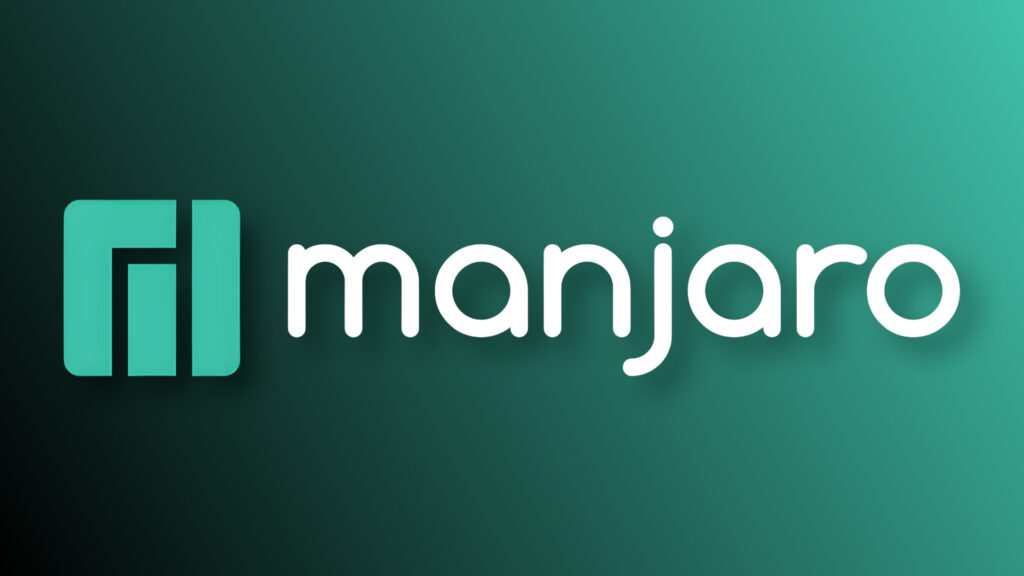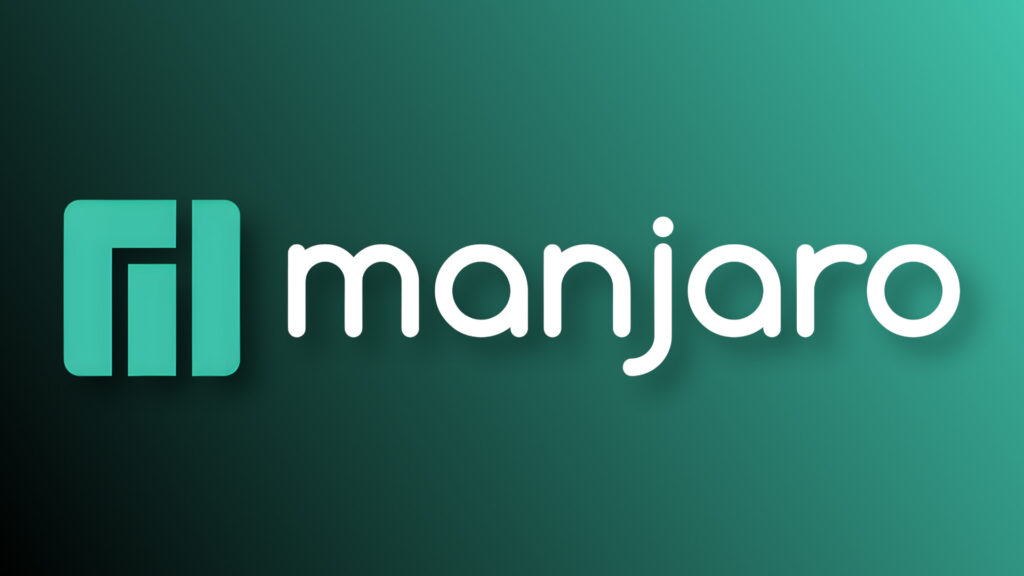
Manjaro Linux è una distribuzione GNU/Linux indipendente basata su Arch Linux, apprezzata per il suo approccio amichevole alla filosofia “rolling release“. La distribuzione si distingue per la sua stabilità controllata, ottenuta attraverso un sistema di repository software a più livelli (Unstable, Testing e Stable) che permette agli utenti di bilanciare aggiornamenti recenti con affidabilità.
A circa 4 mesi dall’uscita di Manjaro 24.2 “Yonada”, il team di sviluppo ha rilasciato Manjaro 25 “Zetar”, portando con sé importanti aggiornamenti per tutti gli ambienti desktop supportati, miglioramenti nelle prestazioni e nuove funzionalità per la gestione energetica.
Novità in Manjaro 25 “Zetar”
Manjaro 25 “Zetar” apporta importanti aggiornamenti ai principali ambienti desktop, insieme a numerose altre migliorie che arricchiscono l’esperienza complessiva del sistema.
GNOME 48: prestazioni e durata della batteria migliorate
L’ultima versione disponibile di GNOME, GNOME 48, è inclusa nell’edizione GNOME di Manjaro 25, e queste sono le caratteristiche principali:
- Notifiche raggruppate: le notifiche delle applicazioni vengono ora raccolte in un’unica sezione, riducendo il disordine visivo.
- Triplo buffering dinamico: migliora la fluidità delle animazioni, specialmente in scenari con carico grafico elevato.
- Gestione avanzata della batteria: gli utenti possono ora impostare un limite di carica all’80% per preservare la longevità della batteria.
- Supporto sperimentale per HDR: questa funzionalità, ancora in fase iniziale, permette a monitor compatibili di visualizzare contenuti ad alta gamma dinamica in applicazioni che lo supportano.
Xfce 4.20: maggiore personalizzazione e usabilità
Anche l’ultima versione disponibile di Xfce, Xfce 4.20, è inclusa nell’edizione Xfce di Manjaro 25, e queste sono le caratteristiche principali:
- Evidenziazione avanzata dei file in Thunar: possibilità di assegnare colori personalizzati a file e cartelle per una migliore organizzazione.
- Ricerca ricorsiva: semplifica la ricerca di file all’interno di strutture di cartelle complesse.
- Miglioramenti al pannello: regolazione precisa della lunghezza in pixel e opzione per far scorrere le finestre massimizzate dietro il pannello.
- Centro di Controllo unificato: raggruppa le impostazioni di sistema più importanti in un’unica interfaccia.
KDE Plasma 6.3: precisione cromatica e prestazioni ottimizzate
Infine anche l’ambiente desktop KDE Plasma è stato aggiornato alla sua ultima versione disponibile, KDE Plasma 6.3.4, insieme a KDE Frameworks 6.12 e KDE Gear 24.12, con diverse novità:
- Ridimensionamento frazionario migliorato: garantisce una resa più nitida su display ad alta densità di pixel.
- Gestione avanzata del colore: supporto migliorato per i profili ICC e maggiore fedeltà cromatica con la funzione Luce Notturna.
- Monitor di sistema più efficiente: consuma meno risorse mentre fornisce statistiche più accurate sull’utilizzo della CPU.
- Clonazione dei pannelli e scripting avanzato: maggiore flessibilità nella personalizzazione dell’interfaccia.
Kernel Linux e supporto hardware
Manjaro 25 è basato sul kernel Linux 6.12, con opzioni precedenti sempre per chi preferisce versioni a supporto prolungato (LTS):
Per ulteriori dettagli su tutte le modifiche presenti in Manjaro 25 “Zetar”, è possibile leggere l’annuncio ufficiale di rilascio.
Come ottenere Manjaro 25 “Zetar”
Essendo una distribuzione rolling release, gli utenti che già utilizzano Manjaro possono aggiornare semplicemente eseguendo il comando da Terminale:
sudo pacman -Syu
Per chi desidera effettuare una nuova installazione, le immagini ISO per l’architettura x86 possono essere scaricate dalla sezione Download del sito ufficiale dove sono disponibili anche le immagini ISO dedicate all’architettura ARM. Inoltre, sul sito è possibile trovare una selezione di prodotti di terze parti che includono la versione Manjaro 25 pre-installata.
Fonte: https://forum.manjaro.org/t/manjaro-25-0-zetar-released/177008
Fonte: https://9to5linux.com/manjaro-25-0-zetar-released-with-xfce-4-20-gnome-48-and-kde-plasma-6-3
Fonte: https://linuxiac.com/manjaro-25-0-zetar-lands-with-gnome-48-plasma-6-3-and-more/
Source: Read More


